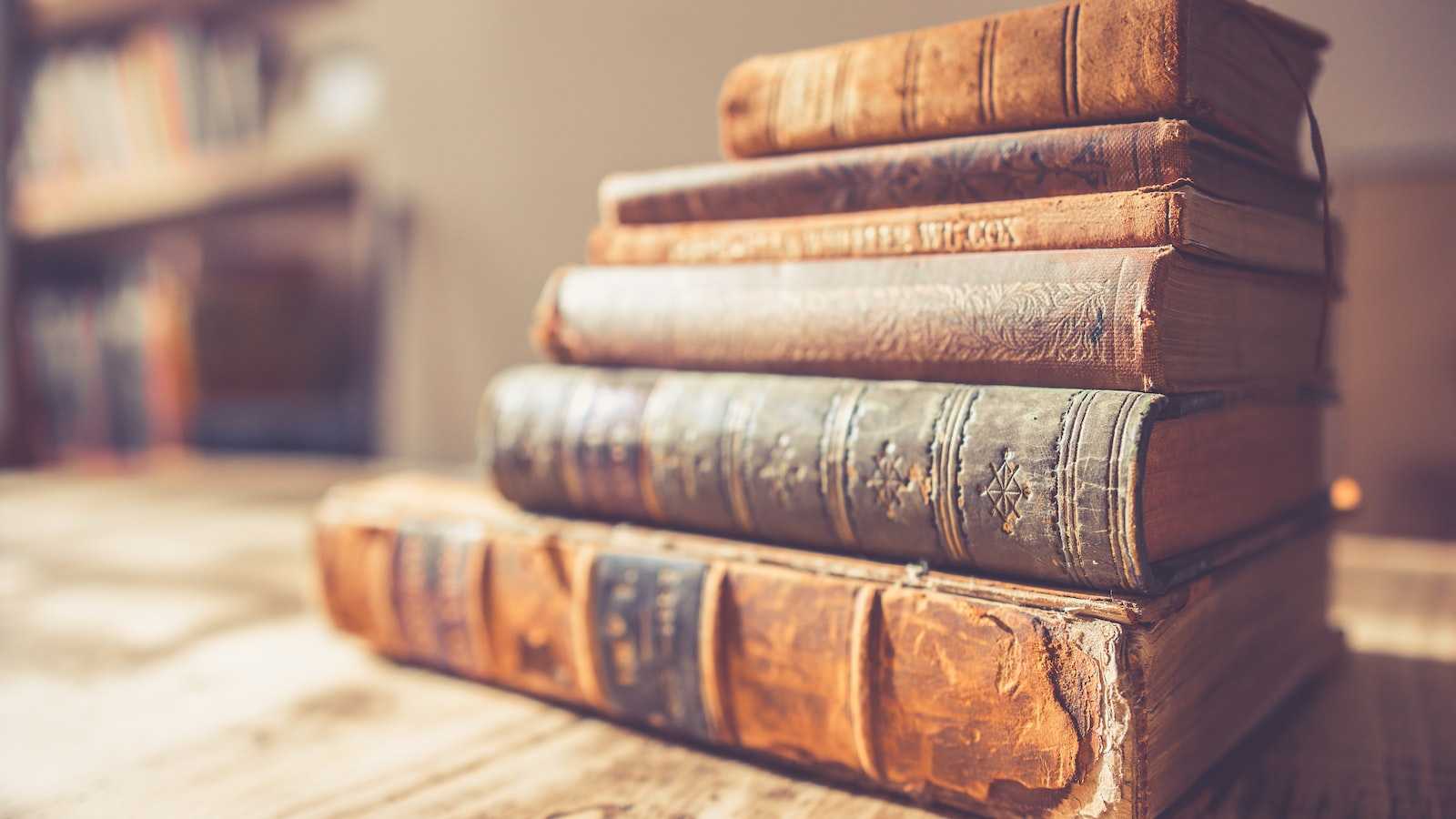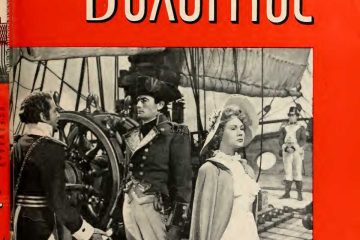The History and Symbolism of the Bridal Crown

The History and Symbolism of the Bridal Crown
The History and Symbolism of the Bridal Crown
The bridal crown has a rich history and profound symbolism that transcends time and culture. From ancient times to modern-day weddings, the bridal crown has been an integral part of the bride’s attire, symbolizing purity, beauty, and royalty. In this article, we will explore the fascinating history of the bridal crown, its significance in different cultures, and its enduring symbolism in contemporary weddings.
The history of the bridal crown dates back to ancient times, where it was worn as a symbol of the bride’s purity and innocence. In ancient Greece, brides wore crowns made of olive branches and flowers to symbolize fertility, purity, and new beginnings. The Romans also incorporated bridal crowns into their wedding ceremonies, adorning brides with wreaths made of flowers, herbs, and wheat to symbolize prosperity and fertility.
In medieval Europe, bridal crowns took on a more regal significance, as they were often made of precious metals and adorned with gemstones. The crown symbolized the bride’s royal status and her future role as a queen in her husband’s household. It was also believed that the bridal crown protected the bride from evil spirits and brought her good fortune in her marriage.
The symbolism of the bridal crown continued to evolve throughout the Renaissance and Baroque periods, with elaborate crowns becoming a symbol of wealth and status. Brides from noble families would wear extravagant crowns adorned with pearls, diamonds, and other precious gems to showcase their wealth and social standing.
In Eastern European cultures, such as Russia and Ukraine, the bridal crown held a prominent role in wedding ceremonies. Known as the “kokoshnik,” the bridal crown was a traditional headdress worn by brides to symbolize their purity and obedience. The kokoshnik was often adorned with intricate embroidery, beads, and other embellishments, representing the bride’s family heritage and cultural identity.
In modern times, the bridal crown continues to be a cherished tradition in many cultures around the world. While the designs and materials may vary, the underlying symbolism remains consistent. The bridal crown symbolizes the bride’s purity, beauty, and grace, as well as her future role as a queen in her husband’s household.
The significance of the bridal crown extends beyond its historical and cultural origins. In contemporary weddings, the bridal crown serves as a meaningful symbol of love, commitment, and unity. It is a tangible representation of the bride’s beauty and the groom’s adoration, as well as a reflection of their shared dreams and aspirations for the future.
The bridal crown also holds spiritual significance in many religious ceremonies, representing the divine union between the bride and groom. In Christian weddings, the crown symbolizes the couple’s commitment to God and their intention to build a life together rooted in faith and love.
The bridal crown is also a reflection of individual style and personal expression. Today’s brides have a wide range of options when it comes to choosing a bridal crown, from traditional floral wreaths to modern tiaras and headpieces. Each design reflects the bride’s unique personality and complements her wedding attire, adding a touch of elegance and sophistication to her overall look.
In conclusion, the bridal crown has a rich history and profound symbolism that transcends time and culture. From its ancient origins to its modern-day significance, the bridal crown continues to be an important symbol of purity, beauty, and love in wedding ceremonies around the world. Whether it is a simple floral wreath or an elaborate tiara, the bridal crown serves as a tangible representation of the bride’s beauty and the couple’s commitment to each other, making it a cherished tradition that will endure for generations to come.




0 Comments